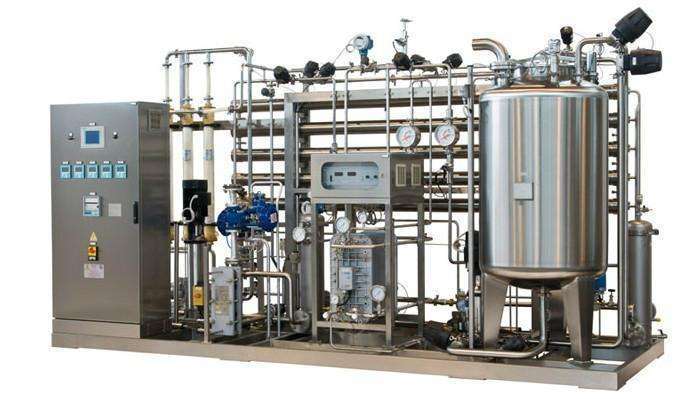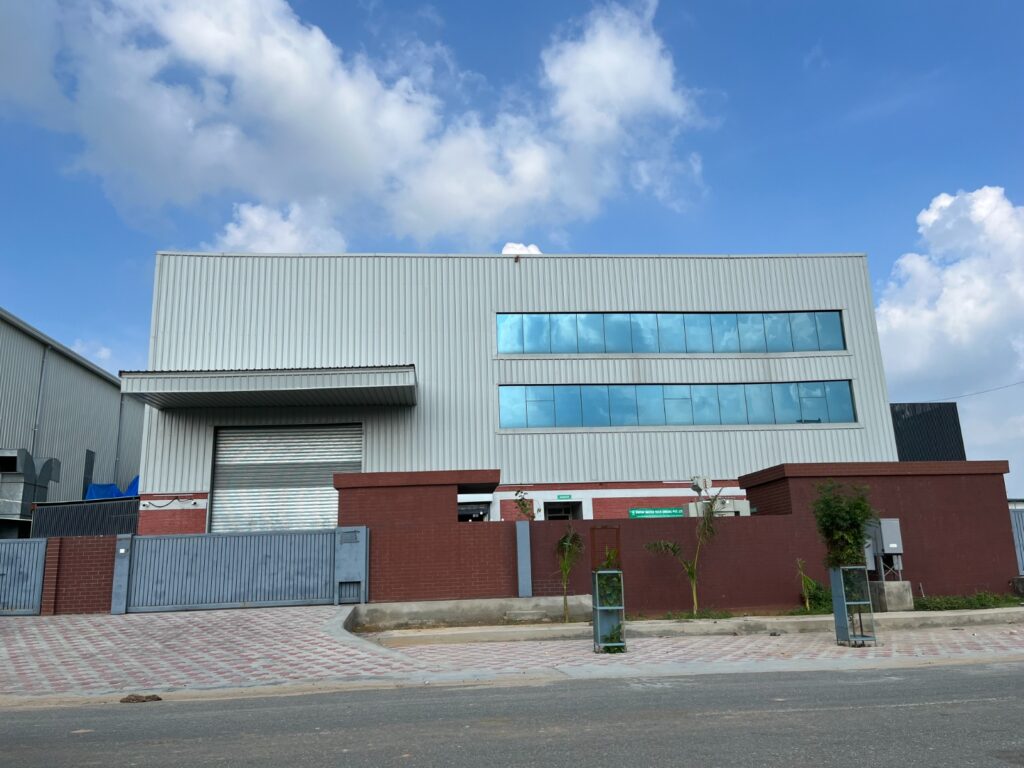Solutions
High Purity Water System
Electrodeionization (EDI) is an advanced water treatment technology that combines ion exchange and electrochemical processes to produce high-purity water. It is often used as a polishing step in water treatment systems to further remove ions and contaminants after primary treatment processes like reverse osmosis (RO) or mixed bed ion exchange.
Here’s an overview of how Electrodeionization works:
- Ion Exchange Resin Beds: EDI systems contain ion exchange resin beds similar to those used in traditional ion exchange processes. The beds consist of both cation exchange resin and anion exchange resin, which are arranged in alternating layers.
- Applied Electric Field: Electrodes are placed on either side of the resin beds, and an electric field is applied across them. The electric field induces ion migration within the resin beds, driving the movement of ions towards the electrodes.
- Ion Migration and Separation: As the electric field is applied, positively charged ions (cations) migrate towards the negatively charged electrode (cathode), while negatively charged ions (anions) migrate towards the positively charged electrode (anode). This movement helps separate the ions from the water.
- Electrochemical Regeneration: Unlike traditional ion exchange, where regeneration is typically achieved through the use of chemicals, EDI relies on electrochemical regeneration. The electric field applied during operation facilitates the continuous regeneration of the ion exchange resins, eliminating the need for chemical regeneration.
- Ion Removal and Water Purification: As the ions migrate towards the electrodes, they are effectively removed from the water, resulting in highly purified water with a low concentration of dissolved salts and other ions.

EDI offers several advantages over traditional ion exchange processes:
- Continuous Operation: EDI systems can operate continuously without the need for periodic shutdowns for regeneration, unlike conventional ion exchange systems.
- Reduced Chemical Usage: As electrochemical regeneration is employed, the need for chemical regeneration agents is significantly minimized, reducing operating costs and environmental impact.
- High Purity and Reliability: EDI can consistently produce high-purity water with low levels of ions and contaminants, making it suitable for critical applications in industries such as electronics manufacturing and power generation.
- Simplified Design: EDI systems typically have a compact and modular design, requiring less space compared to traditional ion exchange systems.
Electrodeionization is commonly used in various applications where the production of high-purity water is essential, such as power plants, pharmaceutical manufacturing, semiconductor fabrication, and laboratory settings. It serves as an efficient and cost-effective method for achieving continuous, reliable, and chemical-free water purification.

